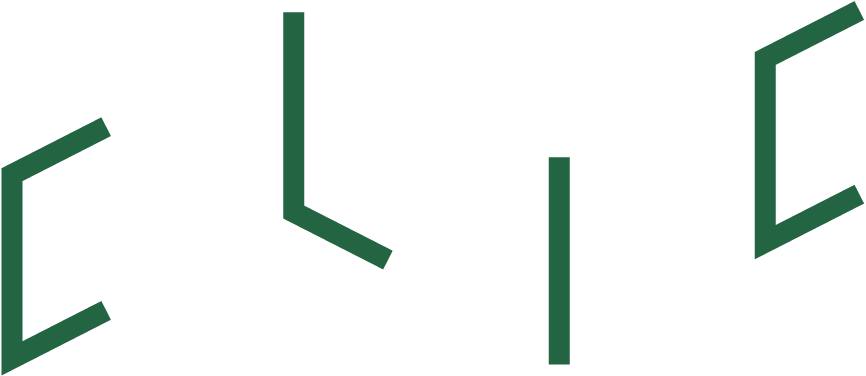By understanding problems as interconnected and necessitating collective action, we can create innovative solutions that are both impactful and sustainable. This mindset promotes collaboration across various disciplines and stakeholders, allowing for a comprehensive view of the entire lifecycle of products and materials. It also enables us to pinpoint strategic areas where smart adjustments can lead to substantial positive outcomes.
Planetary boundaries define the environmental limits within which humanity can safely operate and exist, ensuring the Earth’s systems remain stable and resilient. As we approach or exceed these boundaries, the need to implement higher-level CE strategies becomes even more critical. At CLIC Innovation, our focus on CE is rooted in systemic solutions and thinking & understanding that the shift from a linear to a CE requires a fundamental transformation of entire systems. This involves integrating the principles of at least the 9Rs (Figure 1) —Refuse, Rethink, Reduce, Reuse, Repair, Refurbish, Remanufacture, Repurpose, and Recycle—into every aspect of innovation and production. For instance, by focusing on Refuse and Rethink, we can challenge the very need for certain products and redesign others to be more sustainable from the outset. Repair and Reuse strategies will extend the life of products, reducing the demand for new resources and cutting down on waste. By adopting such approaches, we can minimize our environmental impact, protect vital ecosystems and biodiversity, and secure a sustainable future for all.
Future visions for Circular Economy at CLIC Innovation
During this year, we will take a look at our Strategic Research and Innovation Agenda (SRIA), and what kind of updates it may require. Our 2020 SRIA laid a strong foundation, focusing on key areas such as recycling of plastics, nutrient cycles, and carbon recycling. These are still of critical importance and at the core of CLIC’s partners’ strategies. For example, while recycling is one of the cornerstones of CE, the unsustainable and growing rate of consumption needs to be curved. We must start at the source by rethinking how products are designed and how resources are utilized – how can they flow through the different R-strategies starting as high as possible (See Figure 1)? This involves designing products for longevity, minimizing resource use, and avoiding waste creation from the outset. This is a message we have heard for several years; in theory it is easier than in practice. Implementing higher level CE strategies on a systemic level requires higher level of collaboration and more efforts to all aspects of products and systems innovation – design and redesign, piloting and shifting to new business models, operational environment changes via policy and legislation support, changes in consumption and behaviour, technological innovation, funding, and investments.
Systemic thinking allows us to see the interconnectedness of various sectors and industries, identifying leverage points where circular strategies can have the most significant impact. We will continue to develop solutions that promote resource efficiency across entire value chains. CE solutions exist and can be implemented across a range of scales – locally to regionally to nationally to internationally, and from SMEs to large companies and industry. Each scale presents unique opportunities and challenges, but all contribute to the broader goal sustainable circularity. Regardless of size, the effectiveness of CE solutions often depends on collaboration across different scales. By integrating these different scales into cohesive ecosystems, we can create more effective, resilient, and sustainable circular economies that leverage the strengths of each participant, from small local businesses to large global companies.
By fostering this cross-sector collaboration, we aim to create circular ecosystems where infrastructure and material management systems can be shared, and material loops can be closed at a systemic level. There are of course plenty of existing well-functioning large scale circular ecosystem examples such as the industrial ecosystems of Kalundborg Symbiosis in Denmark, Port of Rotterdam from Netherlands, and EcoSairila or Napapiiri’s CE park or ECO3 from Finland. However, scaling these well-functioning CE ecosystems to other locations and settings always requires understanding of local specialities and solving several challenges ranging from structural, economic, and financial constraints, technological challenges and access to technology, barriers to social and legislative obstacles, lack of accurate data, collaboration and coordination challenges, knowledge, and skill gaps. It can be concluded that all this to efficiently circulate different industrial material flows requires collaborative RDI efforts.
A call for collaboration
The challenges we face in transitioning to a circular economy are complex and multifaceted, requiring collaboration across sectors, industries, and disciplines. At CLIC Innovation, we are committed to fostering ecosystems where stakeholders from the penta-helix frame – industry, academia, government, civil society and investors and funders – can come together to co-create solutions that drive systemic change.
As we update and refresh our SRIA for Circular Economy, our vision remains clear: to lead the way in developing and implementing innovations that not only address the environmental challenges of today but also build a safe, liveable, and resilient future for generations – both people and species – to come.
I invite all our partners and stakeholders to join us in this journey. Together, we can unlock the full potential of the circular economy and make a lasting impact on our world.
Anna Tenhunen-Lunkka
Head of Circular Economy
CLIC Innovation



